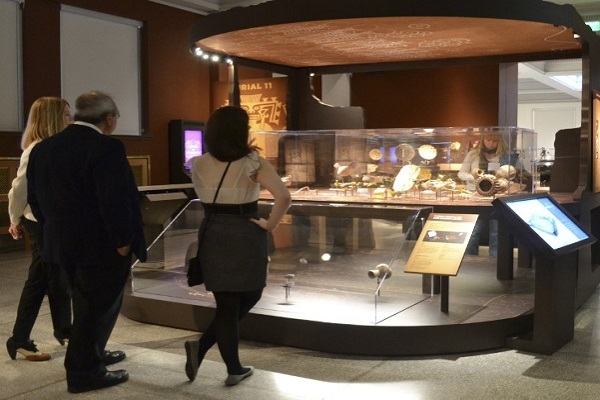
Main Centerpiece of Exhibit – “Burial 11” – Photo by Tom Stanley of the Penn Museum
‘The Mysteries of the Coclé People’
Explore “Beneath the Surface: Life, Death, and Gold” exhibit at the Penn Museum which runs until November 1, 2015. It took two years to put together the exhibit, everything between the content, design, and preparing the artifacts.
Beneath the Surface Experience & Atmosphere
The new exhibition allows visitors to explore the history, archaeological evidence, and new research perspectives, in search of a greater understanding of the Coclé people who lived from about 700 to 900 CE. You’ll witness video footage from the original Sitio Conte excavation, hear from a range of experts, get up close and personal to a centerpiece “burial” with interactive touchscreens, and view more than 200 objects from the famous excavation, all of which provide an exceptional experience to the way of life thousands of years ago.
One massive burial, named “Burial 11” by the excavators, yielded the most extraordinary materials from the excavation. Believed to be that of a Paramount Chief, it contained 23 individuals in three distinct layers, accompanied by a vast array of grave objects. The exhibits’s centerpiece brings visitors beneath the surface of the site, displaying the artifacts in the actual positions they were found.
About the Site
The site of Sitio Conte is situated about 100 miles southwest of Panama City. For more than a thousand years, a cemetery on the banks of the Rio Grande Coclé in Panama lay undisturbed, escaping the attention of gold seekers and looters. The river flooded in 1927, scattering beads of gold along its banks. The Peabody Museum of Harvard University carried out the first investigations in the 1930s.
In 1940, a Penn Museum team led by archaeologist J. Alden Mason excavated at the cemetery, unearthing spectacular finds—large golden plaques and pendants with animal-human motifs, precious and semi-precious stone, ivory, and animal bone ornaments, and literally tons of detail-rich painted ceramics. It was extraordinary evidence of a sophisticated Precolumbian people, the Coclé, who lived, died, and painstakingly buried their dead long ago.
Diary entries, drawings, photographs, and color film from the excavations set the story of the research in time and place.
Coclé Culture and Society
The Coclé people had remained mysterious for a long time because of the research of Central and South American peoples were more in the forefront. What has been found is the rich iconography, sophisticated gold working technologies and craftsmanship, exacting placement of bodies and materials in the burials: all offer clues about the world view, artistic style, and social hierarchy of the Coclé.
A small section of the exhibition itself provides visitors with an opportunity to see contemporary Kuna clothing that echoes some of the design forms and styles of ancient Coclé pottery, pendants, and gold.
Beneath the Surface: Life, Death, and Gold in Ancient Panama at Penn Museum
Location
Penn Museum
3260 South St (University City)
Philadelphia, PA 19104
Dates
February 7 – November 1, 2015
Closed Major Holidays
Hours
Monday | Closed
Tuesday – Sunday | 10:00 am – 5:00 pm
First Wednesdays | 10:00 am – 8:00 pm
Closed Holidays
Advance ticket purchases | Buy Online: Click Here
Cost
Adults $15 | Children $10 (Ages 3-11) | Seniors $13 | Student $10
Phone
(215) 898-4000
Web Site
Some Photos & Images Courtesy of Penn Museum by Tom Stanley

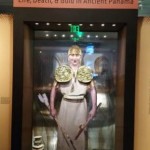
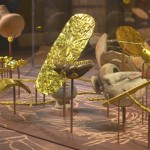
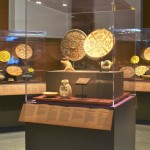
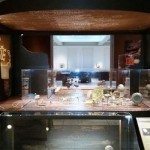
Follow Us!